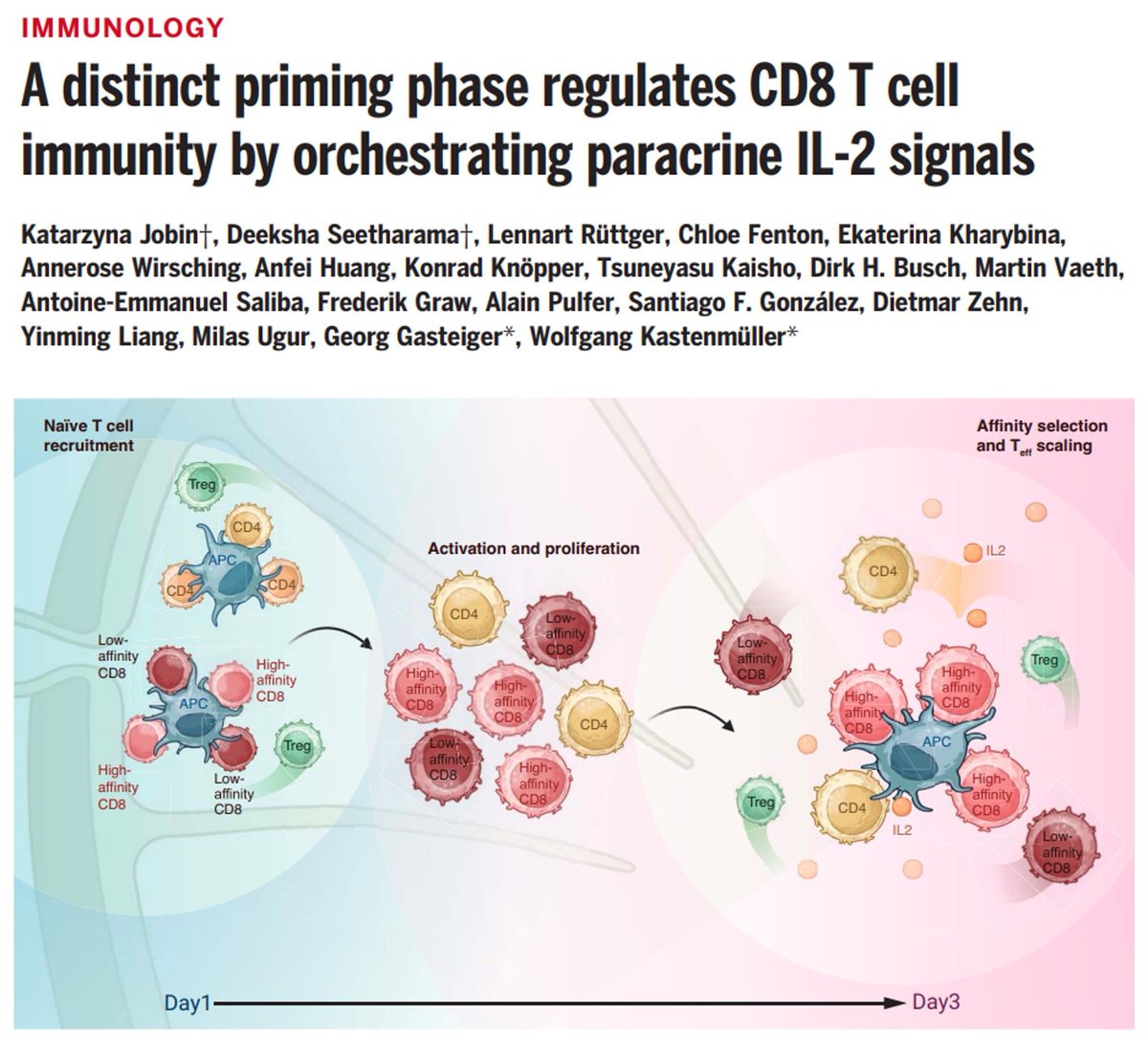
Sarah Ross
@sarah_h_ross
Associate editor @ScienceMagazine | Immunology | Haematology | Host-pathogen interactions |
ID: 982530025823096832
07-04-2018 08:06:27
166 Tweet
1,1K Takipçi
216 Takip Edilen

From Feb '24: A treatment combining a soluble IL-15 superagonist with broadly neutralizing antibodies against the HIV-1 envelope protein induced long-term viral control in rhesus macaques infected with SIV-HIV. buff.ly/3ZZdYY4 #Immunology #HIV Science Magazine


I am excited to say, we have not one but FOUR #Immunology Research Articles out this week Science Magazine! Individual posts to follow!

#Immunology out now Science Magazine Biased antibody responses to influenza strains in vaccines are strongly linked to genetics. Coupling antigens from different strains together may broaden antibody responses. buff.ly/4flV5TK By @Vmallajosyula, Mark Davis et al
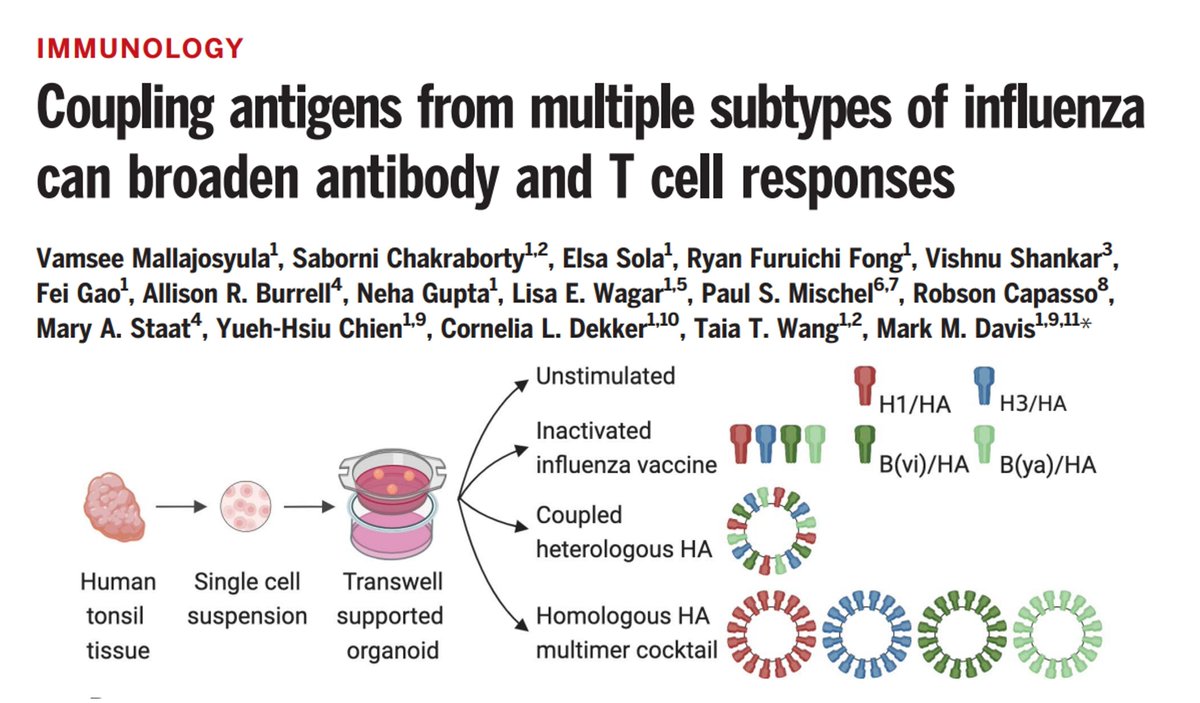

#Immunology by First release now Science Magazine Identification of APCs in the gut that promote Treg differentiation and how tolerance to food antigens is influenced by helminth infection buff.ly/3DjNQ1e By Maria Cecilia Canesso, Victora Lab is at Bluesky, DM and colleagues.
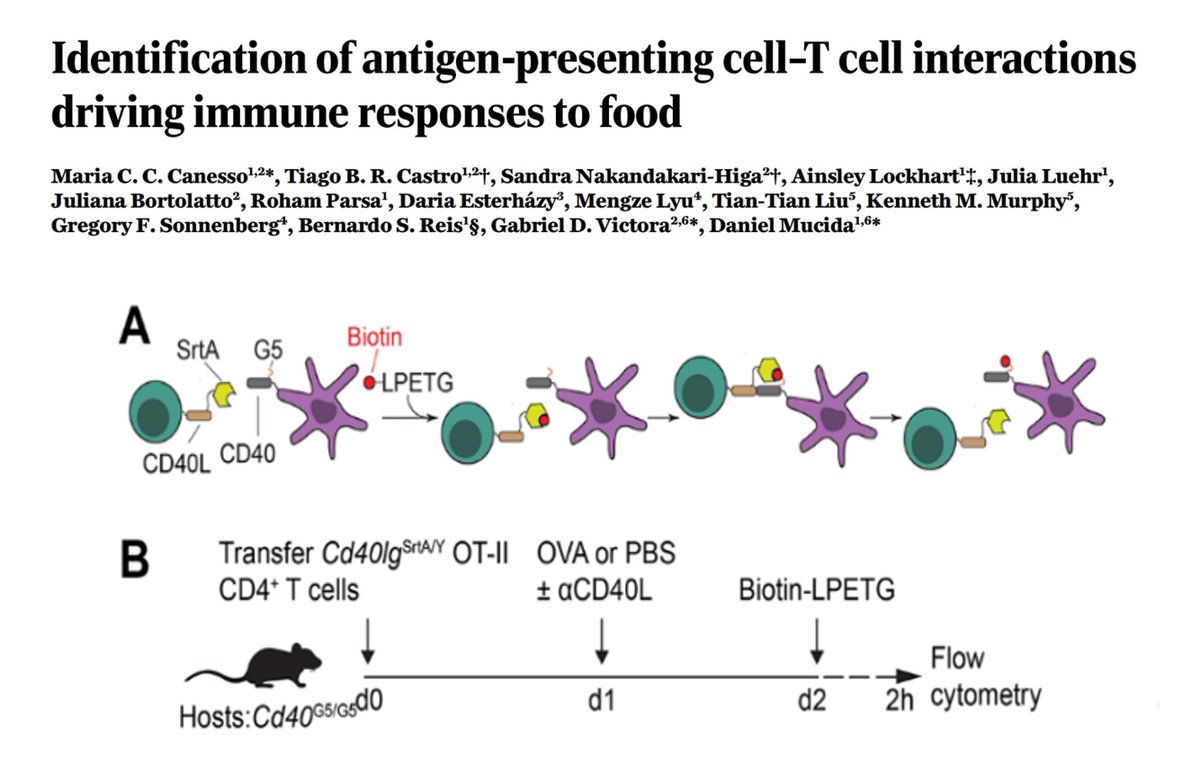

#Immunology by first release now Science Magazine Plasma cells producing high-affinity antibodies dominate the plasma cell population through increased proliferation. buff.ly/3BzpLmL By Andrew MacLean, Michel Nussenzweig et al.


If you're doing innovative research about #microbiota and received an MD &/or PhD in last 10 yrs don’t forget to apply for the NOSTER & Science Magazine Microbiome Prize! Grand Prize: $25K & your essay published Science Magazine Deadline: Feb 14th Enter: buff.ly/4gS29ZH
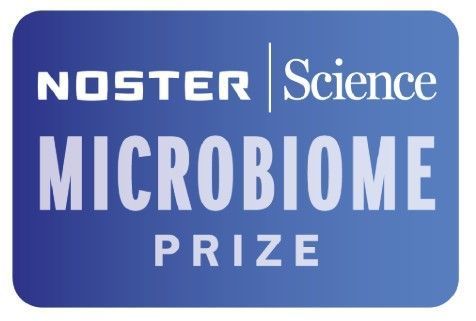

#Immunology out now Science Magazine ILC2s contribute to glucose homeostasis. Neurons that innervate the gut from areas of the brain associated with glucose sensing can stimulate ILC2s in the gut to relocate to the pancreas upon fasting. buff.ly/42iBst0


ICYMI by First Release - now officially in print Science Magazine: Plasma cells producing high-affinity antibodies dominate the plasma cell population through increased proliferation. buff.ly/3BzpLmL By Andrew MacLean, Michel Nussenzweig et al. #Immunology


#Immunology out now Science Magazine: Scratching in mice promotes pain-sensing neurons to release a neuropeptide that stimulated antigen-activated mast cells to degranulate and produce inflammatory mediators. buff.ly/4hDAgF2 From Andrew Liu, Dan Kaplan et al
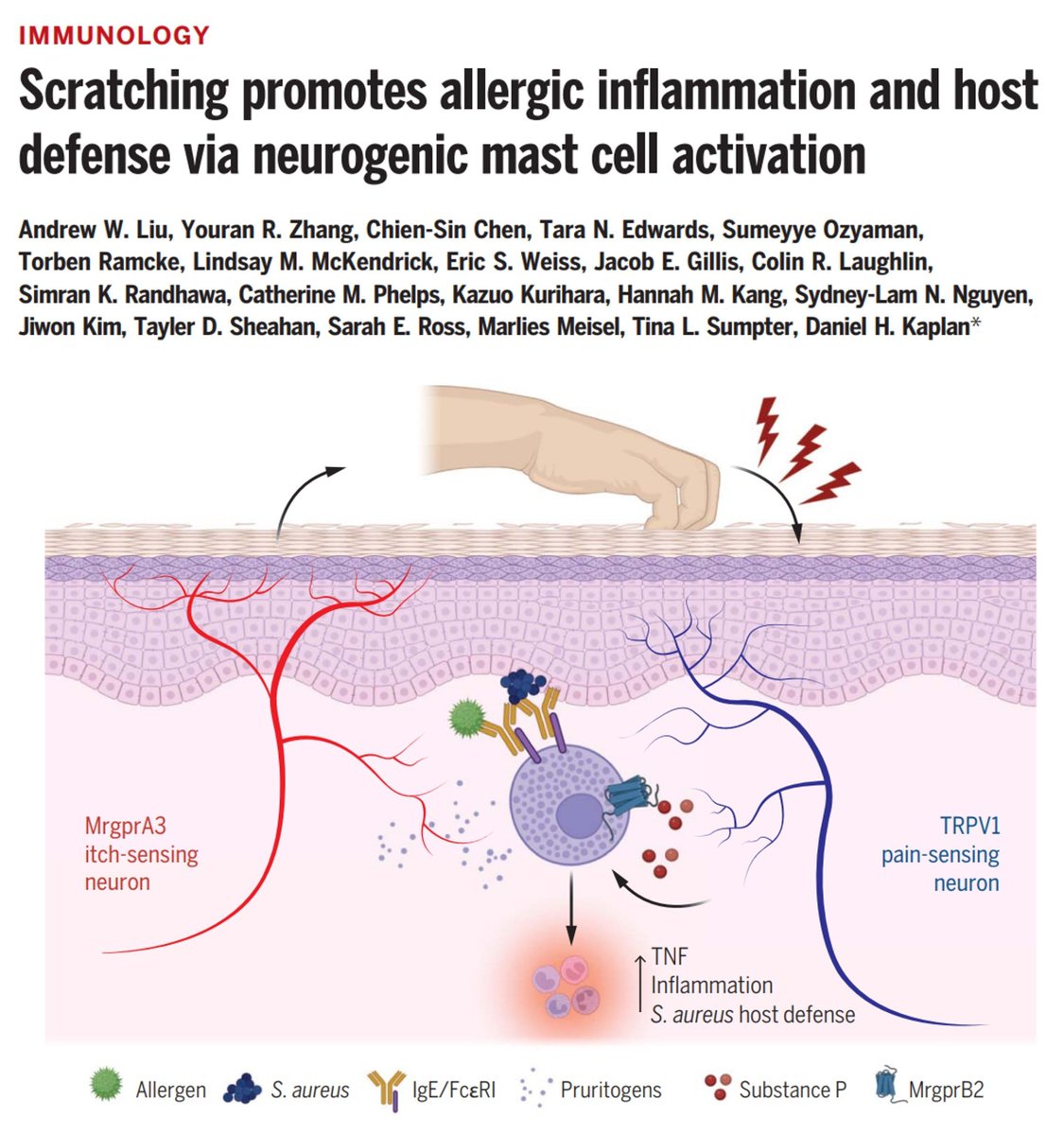

This Perspective from Aaron Ver Heul (Aaron Ver Heul) puts the work of Andrew Liu, Dan Kaplan et al into context. buff.ly/40Bp1G1 #Immunology Science Magazine
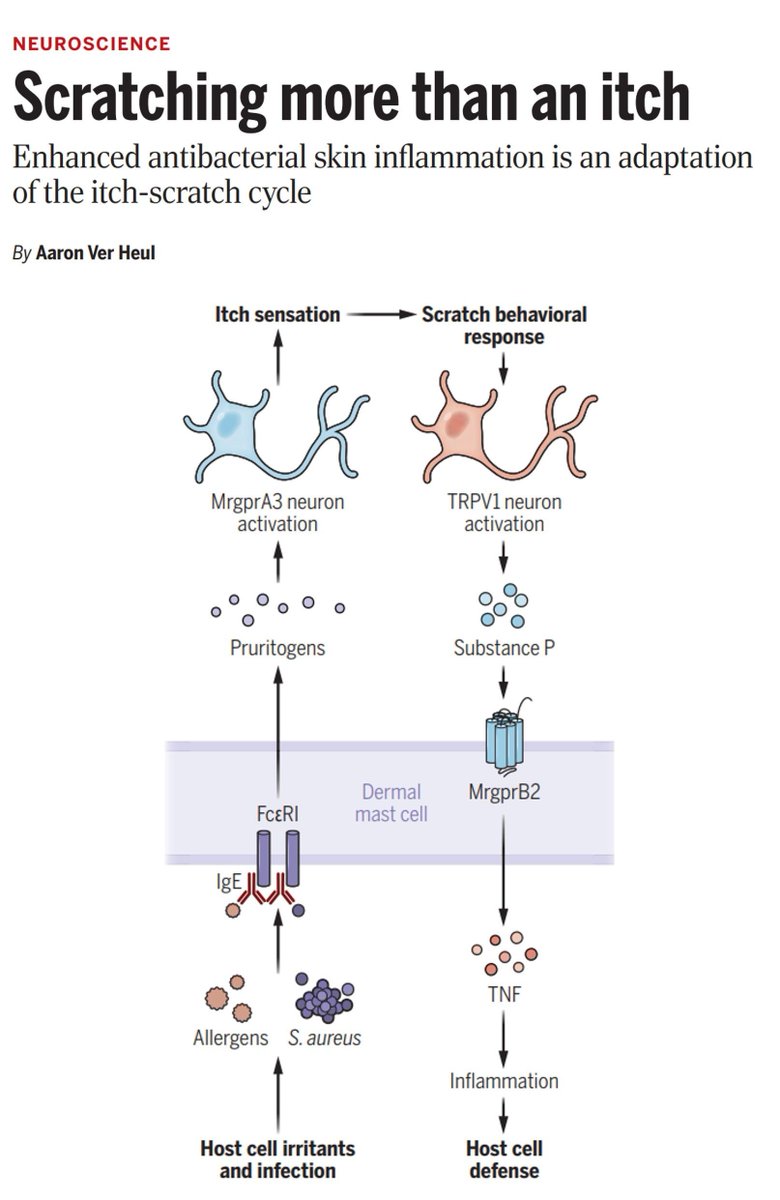

Not long to go now! Don’t miss out on applying for the NOSTER & Science Magazine Microbiome Prize! Enter: buff.ly/4gS29ZH More details: ⤵️

ICYMI by First Release - now officially in print Science Magazine Specific combinations of nutrients and metabolic enzymes determine T cell differentiation via loci-specific histone acetylations. buff.ly/4gvqKTz From Shixin Ma, Sue Kaech et al. #immunometabolism
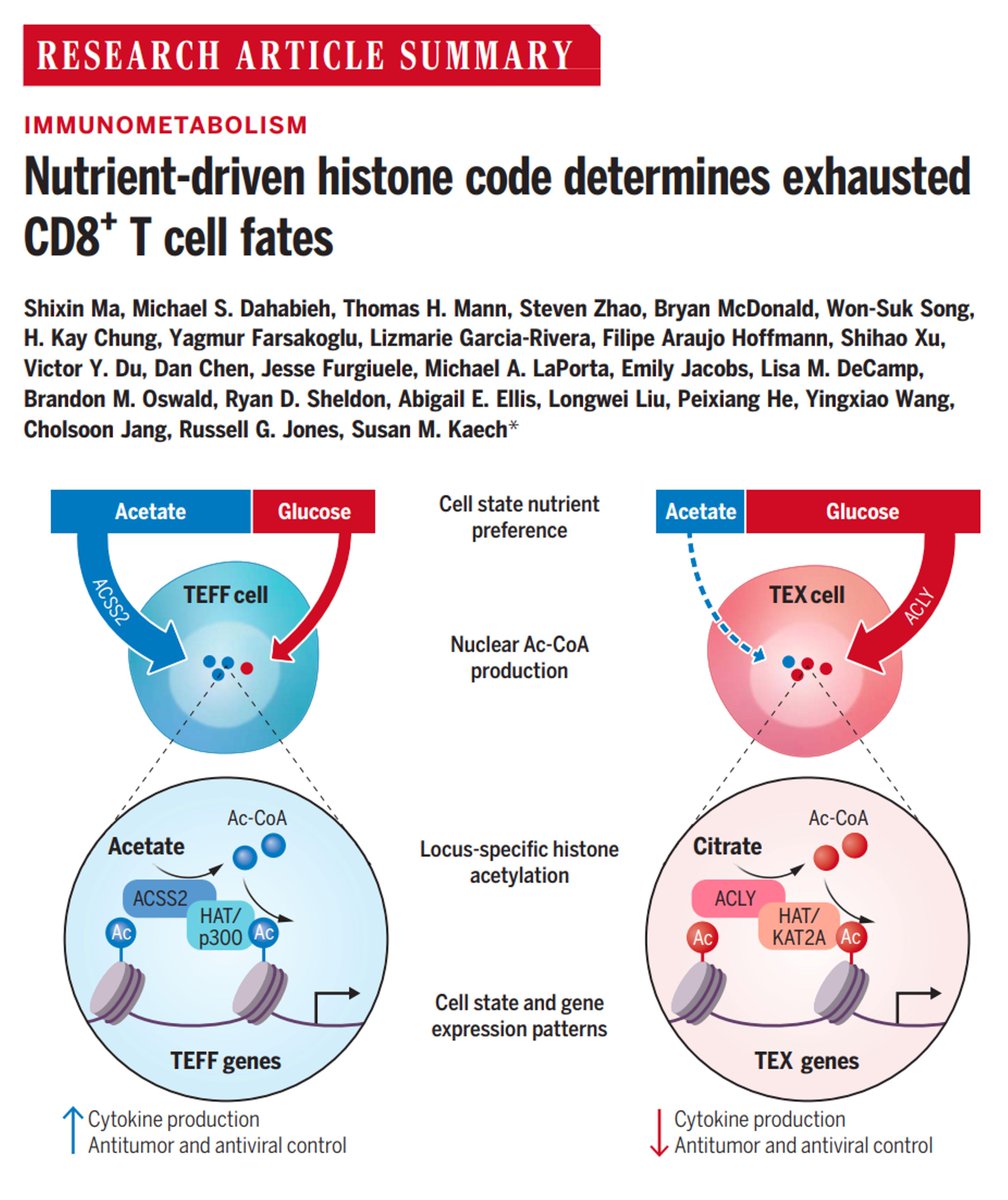


#Immunology out now Science Magazine Machine learning, using the sequences of an individual's B and T cell receptors, has the potential to diagnose immune-related diseases. buff.ly/3QvxSVf By Maxim Zaslavsky Maxim Zaslavsky, Erin Craig, Anshul Kundaje (anshulkundaje@bluesky) Scott_Boyd_Lab_Stanford et al.
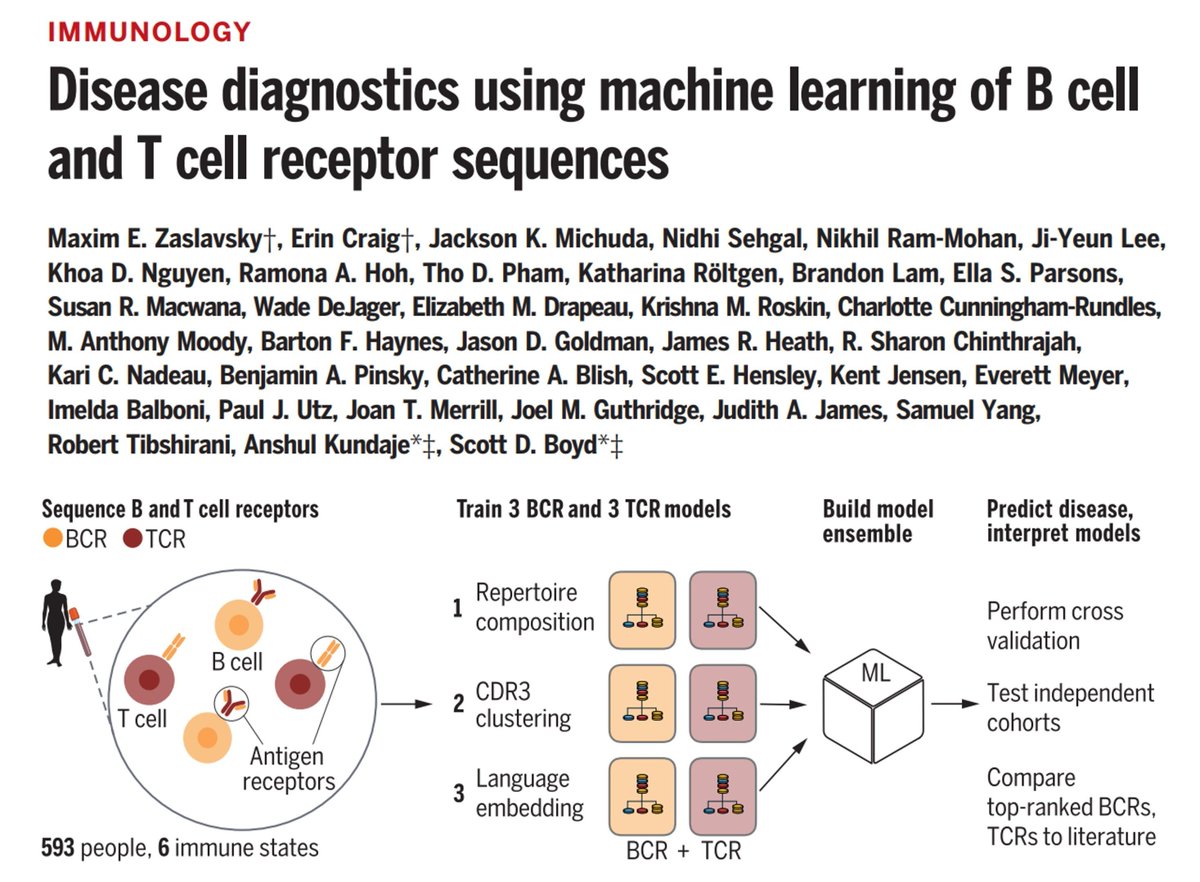

#Immunology by First Release Science Magazine In mice, during immune responses accompanied by elevated self-antigens, autoreactive CD4 T cells must be restrained by regulatory CD4 T cells with the same antigen specificity to prevent autoimmunity. buff.ly/3EXaXQa


ICYMI by first release - now in print Science Magazine: Identification of APCs in the gut that promote Treg differentiation and how tolerance to food antigens is influenced by helminth infection. buff.ly/3DjNQ1e By Maria Cecilia Canesso, Victora Lab is at Bluesky, DM et al


#Immunology out now Science Magazine Regulatory T cells inhibit pain sensing in female, but not male, mice. buff.ly/GU13Wsz By Élora Midavaine, Sakeen Kashem et al.


#Immunology out now Science Magazine After initial priming in the lymph nodes, mouse CD8 T cells undergo a second phase of stable interactions with dendritic cells that can preferentially stimulate those with a high-affinity for antigen. buff.ly/lCPsea3 By Jobinet al.
